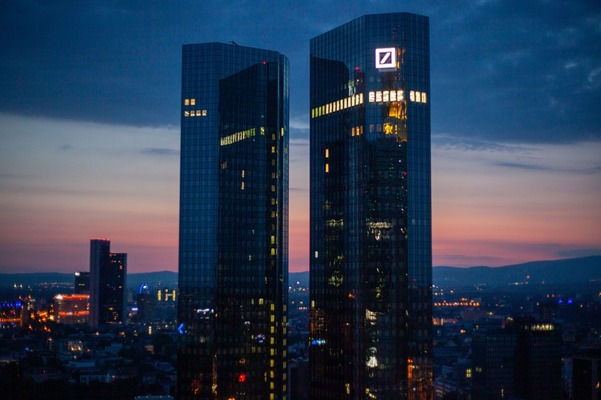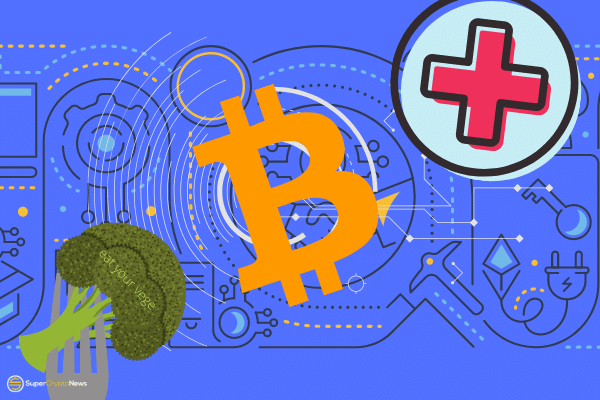
- The U.S. economy has shrunken unexpectedly for the first quarter of 2022 and the first time since the outbreak of the pandemic.
- Nevertheless, the economic contraction took many by surprise and could provide sufficient food for thought as U.S. Federal Reserve policymakers gather to set rates next month.
Like a sweater fresh out of the dryer, the U.S. economy has shrunken unexpectedly for the first quarter of 2022 and the first time since the outbreak of the pandemic, reflecting a slew of bearish factors including growing trade imbalances and weaker inventory growth.
GDP actually fell by 1.4% on an annualized basis for the first three months of 2022 according to the U.S. Department of Commerce, which reported the data on Thursday, and was a significant slump from the 6.9% growth clocked in the fourth quarter of 2021.
The shrinking economy comes at a time when there is no shortage of headwinds to growth, from soaring inflation to geopolitical risks, China’s Covid-zero policies and tightening monetary policy are all conspiring to create a mélange of market mayhem.
GDP was also dragged lower by a yawning trade deficit, which hit a record high in March as import volumes and prices surged and exports fell 5.9% even as imports rose to 17.7%.
Consumption, which makes up some 70% of the U.S. economy grew 2.7% in the first quarter, up from 2.5% from the previous quarter but shy of most economist estimates, and more importantly business investment soared to 9.2% from just 2.9%.
Nevertheless, the economic contraction took many by surprise and could provide sufficient food for thought as U.S. Federal Reserve policymakers gather to set rates next month.
The shrinking economy comes at the worst possible time for policymakers whose “Goldilocks” window for rates is rapidly narrowing – not so high as to push the economy into recession, but not so low as to continue stoking the fires of inflation – and with that the risk of policy errors rises.
There are already signs that some traders are betting on policymakers getting it wrong, as the yield curve (the slope between long-dated yields and short-dated ones) briefly inverted earlier this month and is widely used as an indicator of recession expectations.
Most market participants have already priced in a 50-basis-point rate hike in May and given that investors are more or less prepared for that, it would be prudent for the Fed to take that course.
Raising by only 0.25% could be an indication that the Fed doesn’t believe the economy is sufficiently strong to take higher rates and ratcheting up to 0.75% at the next meeting could be the straw that breaks the camel’s back – the stakes could not be higher.
That stocks advanced in response to GDP data suggests at least more investors are betting on the Fed getting it right this round.



